โซลูชัน
Horse Construction นำเสนอวัสดุเสริมแรงโครงสร้างแบบครบครันพร้อมการสนับสนุนทางเทคนิค การสนับสนุนเอกสาร การสนับสนุนผลิตภัณฑ์ การสนับสนุนซอฟต์แวร์ การสนับสนุนโครงการ
How To Ensure The Safety Of Buildings After A Fire?
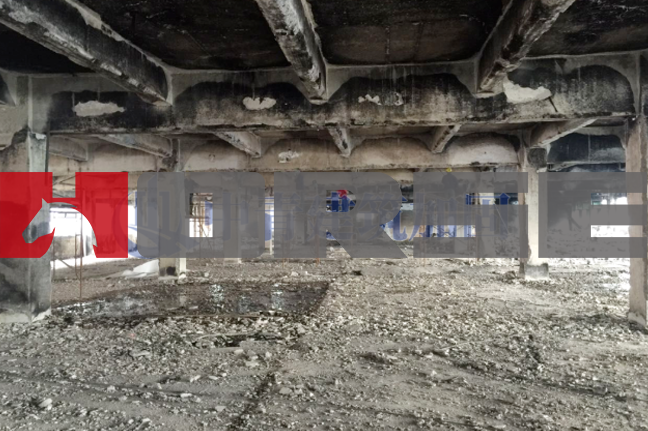
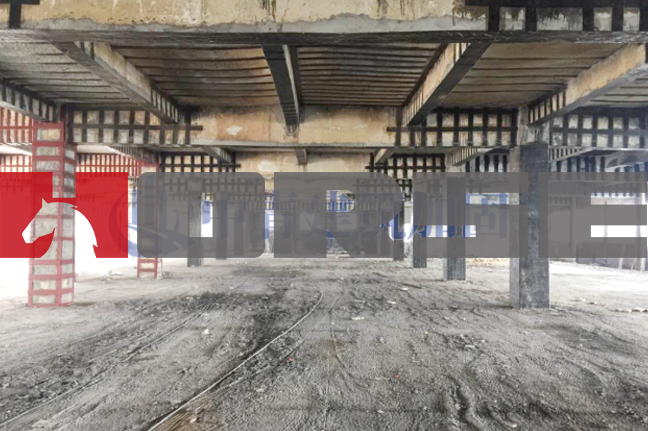
Buildings (including residential, public buildings, industrial and agricultural buildings, etc.) account for the largest proportion of fires. After the fire, the engineering structure should be subjected to structural safety appraisal work in a timely manner, so as to manage the buildings after the fire in a scientific, reasonable and safe manner.
1. The effect of high temperature on the strength of building materials
Reinforced concrete structure is the most common type of structure today. This type of building uses steel, concrete, sand and gravel as the main building materials. According to relevant researches, the mechanical properties of concrete will change under the condition of 400℃, and the compressive strength will decrease with the increase of temperature.
The "Standard for Appraisal of Engineering Structures After Fire" stipulates that when the maximum surface temperature of concrete members reaches 200 °C, the compressive strength after natural cooling at high temperature must be reduced by a certain reduction factor, and the higher the temperature, the smaller the reduction factor.
Not only the strength of concrete is affected by temperature, but also the tensile strength of steel bars is affected by temperature. When the internal steel bars are subjected to fire and reach a certain temperature, they will soften and deform, which has a significant impact on the tensile bearing capacity of the structure. The "Standards for Appraisal of Engineering Structures After Fire" also stipulates that the yield strength of steel bars after high temperature cooling must be reduced to some extent.
2. Intensify the carbonization reaction of concrete on the surface of the component
Concrete is mainly composed of cement, water, sand and gravel, among which cement and water will undergo a hydration reaction to generate hydrates with a certain strength, and the carbonation of concrete refers to the carbonation reaction between hydrates and carbon dioxide in the environment.
Concrete carbonization will reduce the ductility of the concrete surface and easily cause cracks. In addition, concrete carbonization will also reduce the alkalinity of the concrete, destroy the passivation film on the surface of the steel bar, and greatly reduce the protective effect of the concrete on the steel bar.
Temperature and carbon dioxide concentration are one of the influencing factors of concrete carbonization. With the increase of fire temperature or carbon dioxide concentration, the carbonization reaction speed increases, which intensifies the carbonization reaction of concrete components. The carbonization of concrete has a great impact on the durability of structural components.
After a fire accident, many existing buildings are re-opened after simple decoration. This is a very undesirable behavior. After the fire, the structural components of the building may be damaged, the structural bearing capacity will be reduced, and there are certain safety hazards.
คุณสามารถหาได้ทุกสิ่งที่คุณต้องการที่นี่ ไว้วางใจและลองใช้ผลิตภัณฑ์เหล่านี้ คุณจะพบความแตกต่างอย่างมากหลังจากนั้น
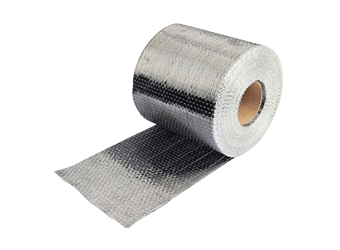
คาร์บอนไฟเบอร์ของ Horse Construction เหมาะสำหรับการเสริมแรงโครงสร้าง การซ่อมแซม และปรับปรุงพื้นผิวคอนกรีต ก่ออิฐ เหล็ก และไม้บนอาคาร สะพาน ทางหลวง ทางรถไฟ อุโมงค์ ท่าเทียบเรือ และสนามบินพลเรือน
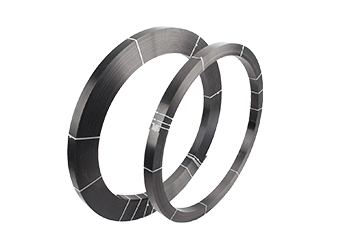
แถบ/แผ่นลามิเนต/แผ่นโพลีเมอร์เสริมคาร์บอนไฟเบอร์ที่มีความแข็งแรงสูง (CFRP) สำหรับการเสริมความแข็งแรงโครงสร้างและการซ่อมแซมคอนกรีต
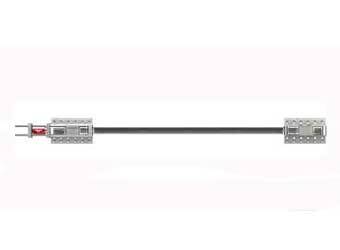
ระบบแผ่นลามิเนต CFRP อัดแรงแบบม้า (ระบบ CFRP อัดแรงหลังการดึง) ประกอบด้วยอุปกรณ์ยึดและแผ่นลามิเนตคาร์บอนไฟเบอร์ที่ออกแบบมาโดยเฉพาะสำหรับสะพาน อาคาร และการเสริมแรงโครงสร้างเหล็ก